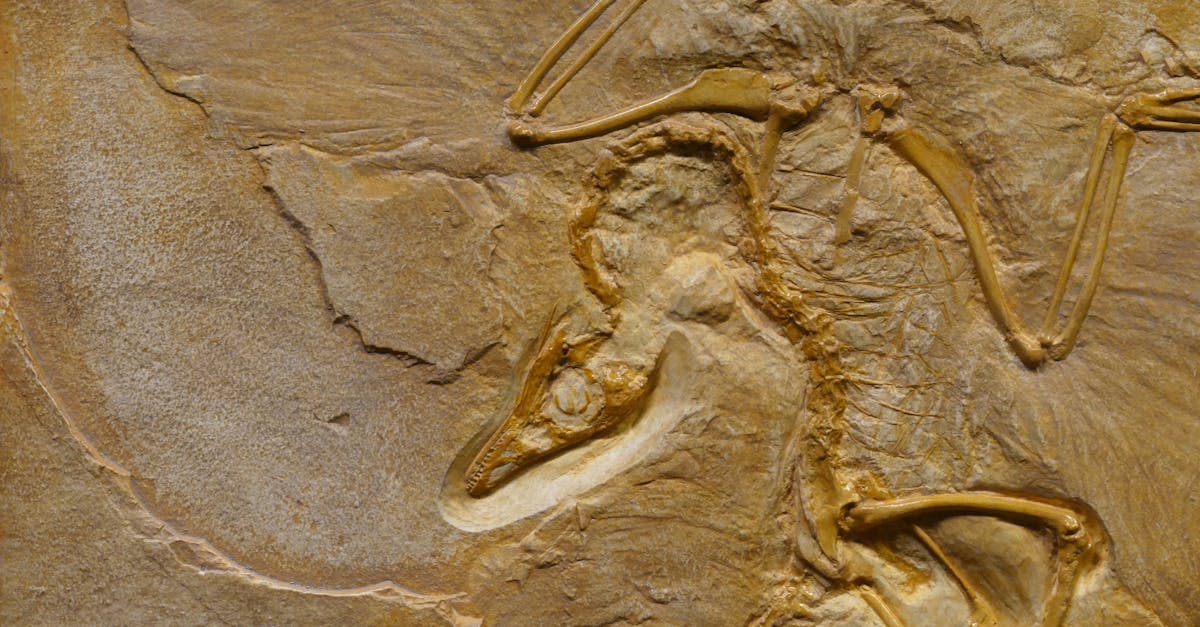During the Early Jurassic period, around 200 million years ago, Earth faced one of its most devastating extinction events, like a storm sweeping away nearly everything in its path. But from the wreckage, life began to rise again in vibrant splendor, ushering in a new era for Earth’s ecosystems. Paleontologists, especially in Australia, have uncovered significant fossil evidence that showcases this revival. The study of these fossils not only reveals the incredible adaptability of prehistoric creatures but also offers insight into how they managed to thrive despite the harsh conditions left behind after the extinction event.
In this exploration, we will look into the causes of this extinction, how species adapted afterward, and the new biomes that emerged during the Jurassic. We will delve into specific examples of species that flourished and what their evolutionary successes can teach us about resilience in the face of catastrophic change.
Understanding the Extinction Event
Approximately 200 million years ago, Earth experienced one of the most powerful extinction events in its history, often referred to as the Triassic-Jurassic extinction. This cataclysm wiped out nearly 75% of all species, reshaping the planet’s biodiversity like a sculptor reshaping clay. The leading theories behind this mass extinction include volcanic eruptions, drastic climate changes, and possibly even meteor impacts.
According to the Journal of Geophysical Research, significant volcanic activity released vast amounts of carbon dioxide, leading to severe climate warming, while ocean anoxia further worsened species loss. The aftermath created a highly competitive environment, forcing the survivors to evolve rapidly.
The extinction allowed new species, filled with potential like seeds waiting to sprout, to thrive, setting the stage for the evolutionary innovations of the Jurassic period.
Key Adaptations in the Animal Kingdom
As ecosystems began to stabilize, the species that survived the extinction underwent remarkable adaptations. New niches opened up, and organisms evolved features suited for a variety of environments, like a chameleon adapting to its surroundings. For instance, early dinosaurs, such as Coelophysis, emerged as agile hunters, taking advantage of the abundance of newly available resources.
A study published in Nature highlights the evolution of mammal-like reptiles that adapted to changing climates by developing distinctive traits that allowed them to thrive in diverse environments.
This adaptability underscores a fundamental takeaway from this period: life possesses an inherent resilience, capable of reinventing itself even in the face of dire circumstances. Such adaptability is evident in today’s ecosystems, emphasizing the significance of biodiversity in survival.
The Rise of Dinosaurs
The Jurassic period is often recognized as the golden age of dinosaurs, the creatures that epitomized evolutionary success following the extinction. From the fierce theropods to the long-necked sauropods, dinosaurs diversified into multiple sizes and forms, becoming the dominant terrestrial vertebrates.
According to paleontologists, groups like Allosaurus and Brachiosaurus thrived due to their specialization in different hunting and feeding strategies, respectively. Fossils excavated at sites like the American Museum of Natural History provide evidence of these remarkable adaptations.
This diversity showcases the marvelous transitions in morphology as dinosaurs adapted to their new roles in the reconstructed ecosystems of the Jurassic.
Flora’s Evolutionary Innovations
Not only did animals rebound following the extinction; flora flourished as well. The Jurassic marked a significant innovation in plant life, with the rise of ginkgoes, cycads, and the first flowering plants. This evolutionary leap allowed for new types of symbiotic relationships, benefiting animals in numerous ways like friendships forming in nature.
The transition from gymnosperms to angiosperms addressed the changing climatic conditions, providing additional food sources for herbivores. ResearchGate illustrates how these plant types created diverse diets for herbivorous dinosaurs.
Flora’s adaptations to changing environments during this period laid a cornerstone for future ecosystems, allowing various food webs to flourish.
The Role of Marine Life
The oceans during the Jurassic period teemed with life, establishing diverse marine ecosystems. Fossil evidence suggests that organisms such as ammonites and large marine reptiles, including ichthyosaurs, flourished in this rich aquatic landscape. These creatures evolved specialized traits that allowed them to capitalize on their abundant food sources in the seas.
Marine fossil beds, like those in the Kimmeridge Clay of England, reveal how marine life bloomed as ocean conditions improved. Studies showcase evolutionary innovations, such as streamlined bodies and advanced predatory tactics.
This flourishing marine life illustrates the interconnectedness of ecosystems and emphasizes the significance of marine environments in sustaining biodiversity.
Lessons from the Jurassic Period
The recovery of life during the Jurassic offers invaluable lessons on resilience and adaptation. The various pathways taken by surviving species were characterized by significant innovations, allowing ecosystems to thrive even after losing a majority of their diversity.
As we face contemporary biodiversity crises, understanding how life rebounded during such a pivotal geological period can provide insights into current conservation efforts. The ability to adapt, diversify, and thrive is a timeless lesson that continues to resonate with the environmental challenges of today.
Conclusion: A Time of Revival
The Jurassic period was not merely a time of dinosaurs but a grand narrative of life’s triumphant resurrection. Following one of the largest extinctions known, survival was not just about existing but about thriving. The rise of various species and the adaptability witnessed across ecosystems signify a remarkable story of resilience.
As we reflect on this dynamic era, we should appreciate the lessons on adaptability that come from our prehistoric past. Understanding these principles is crucial as we navigate the ecological challenges we face today, encouraging us to remain hopeful for a thriving future.
